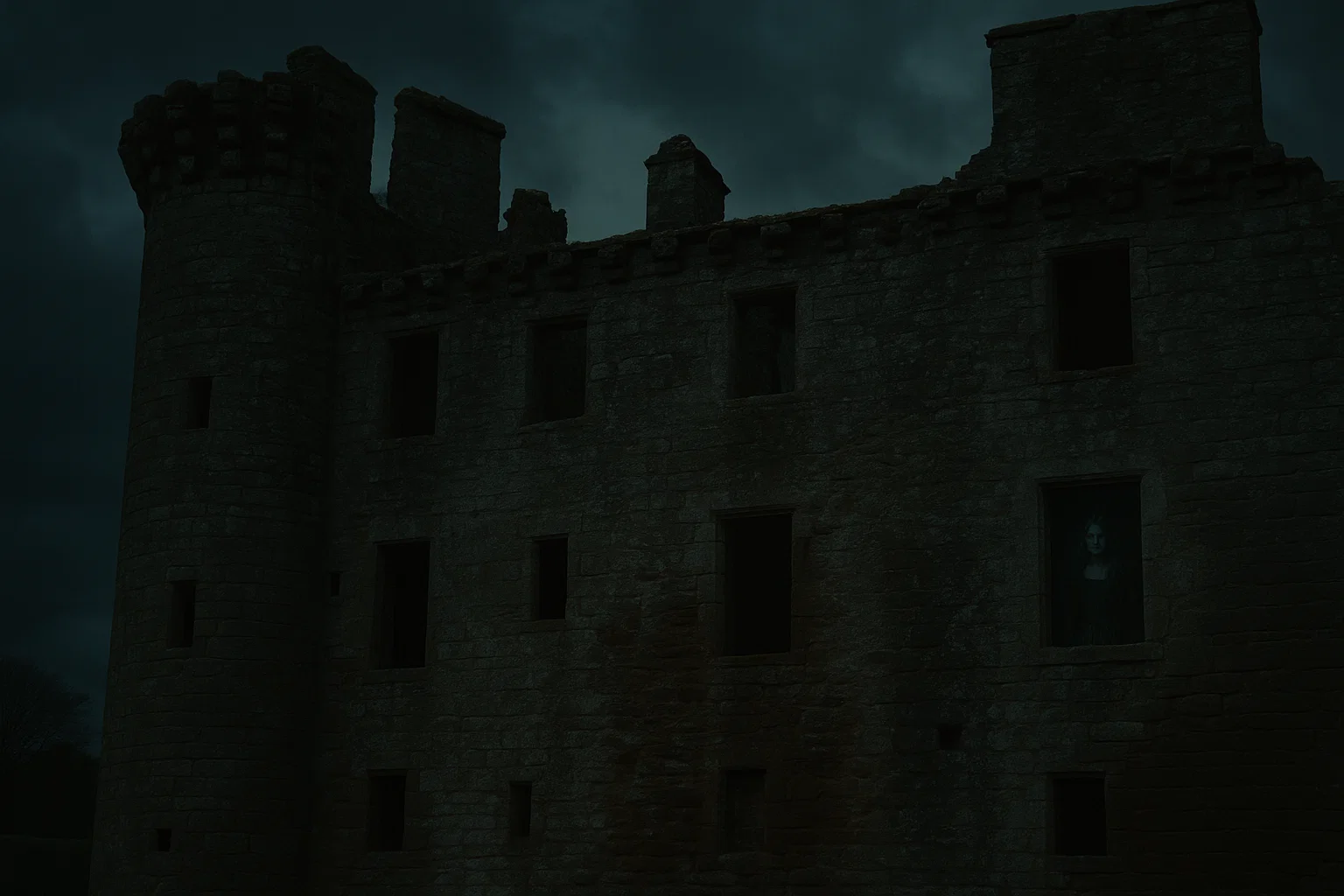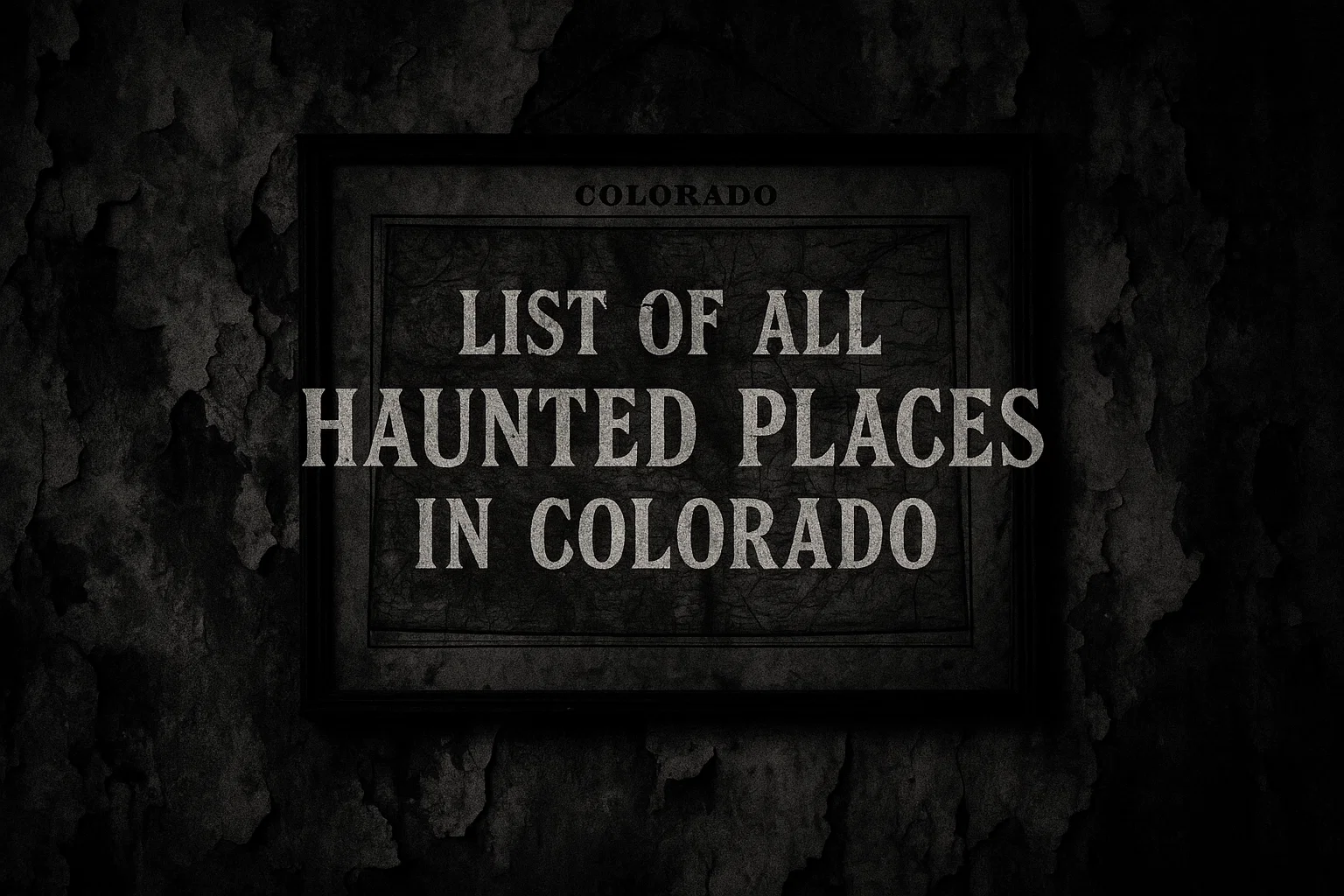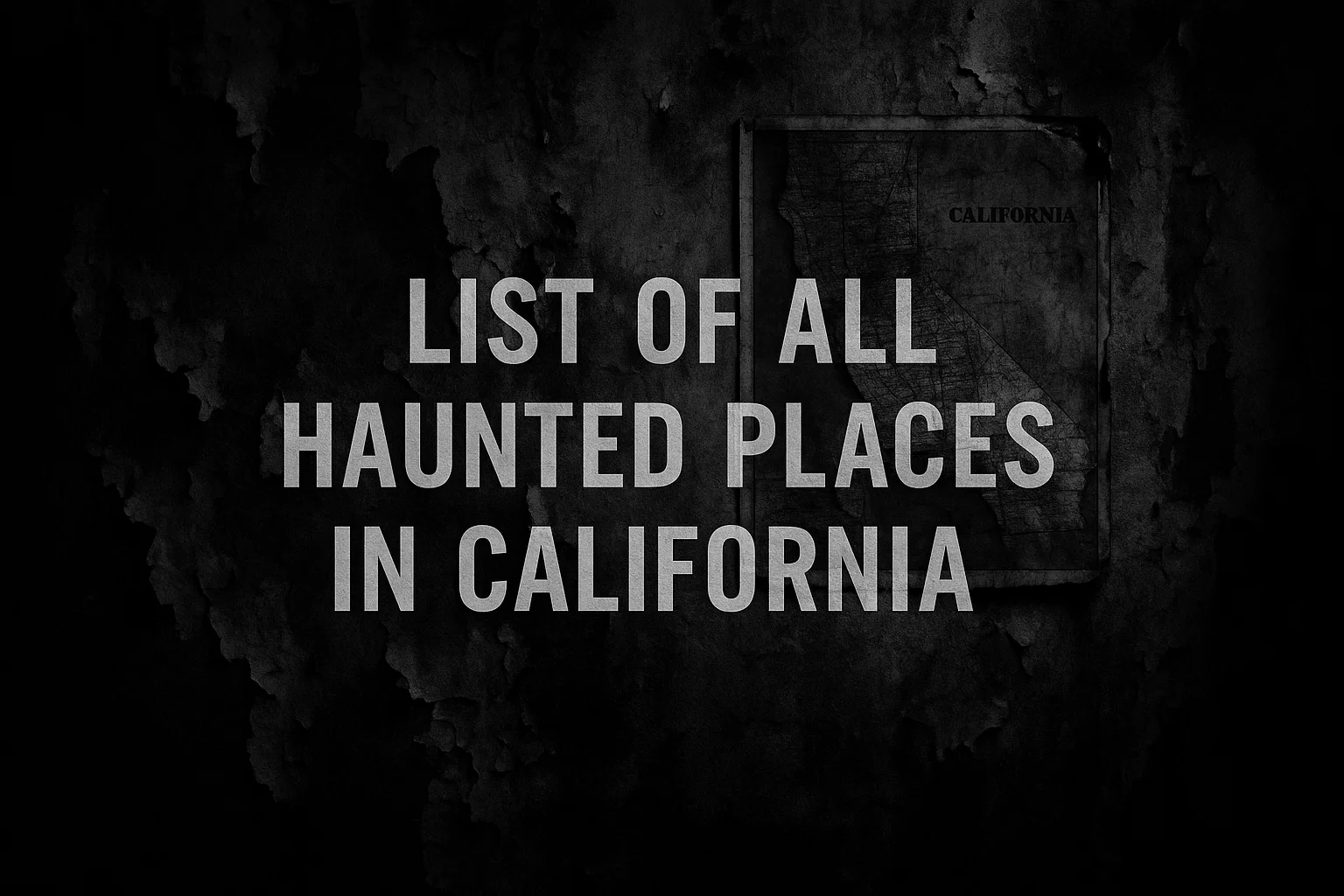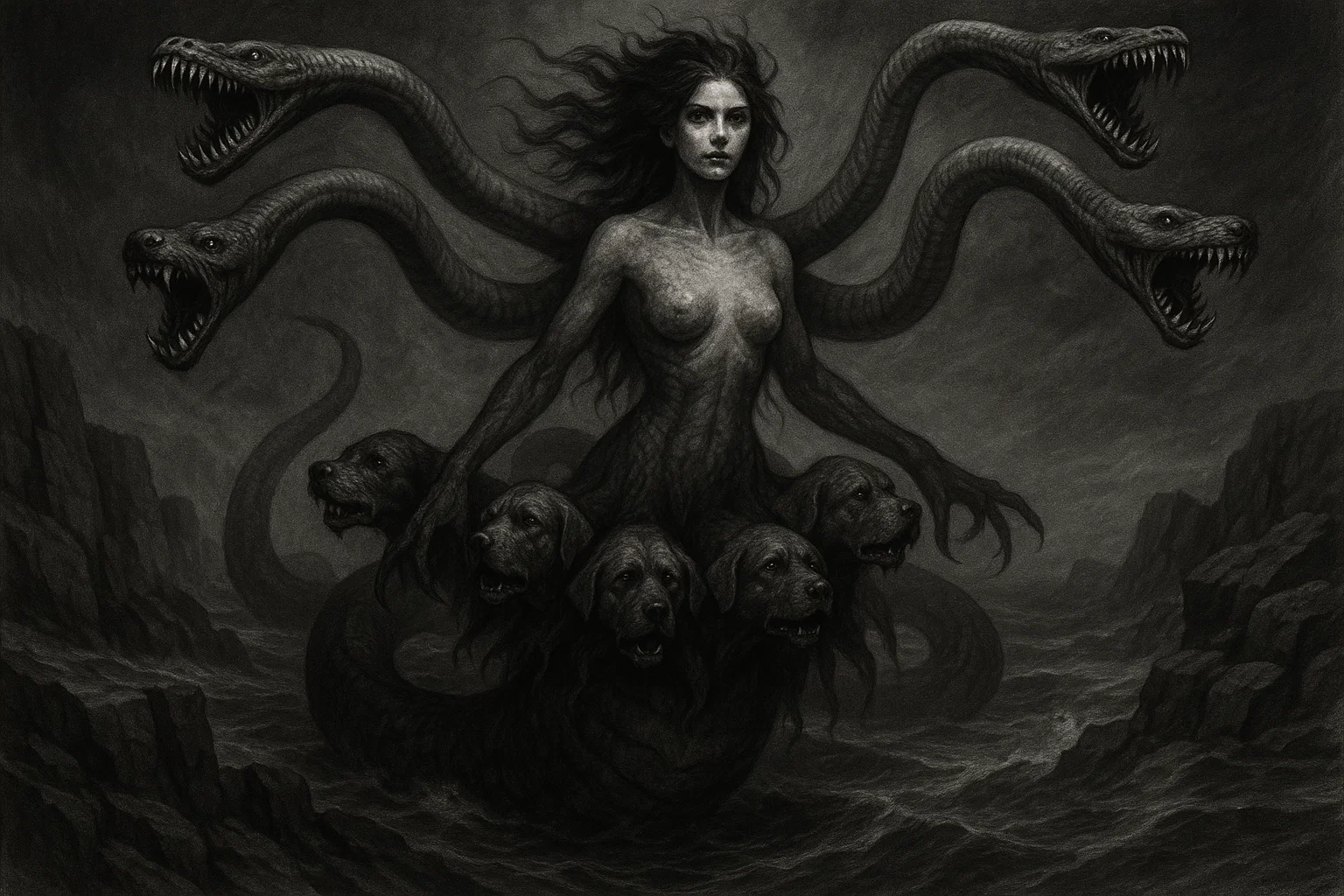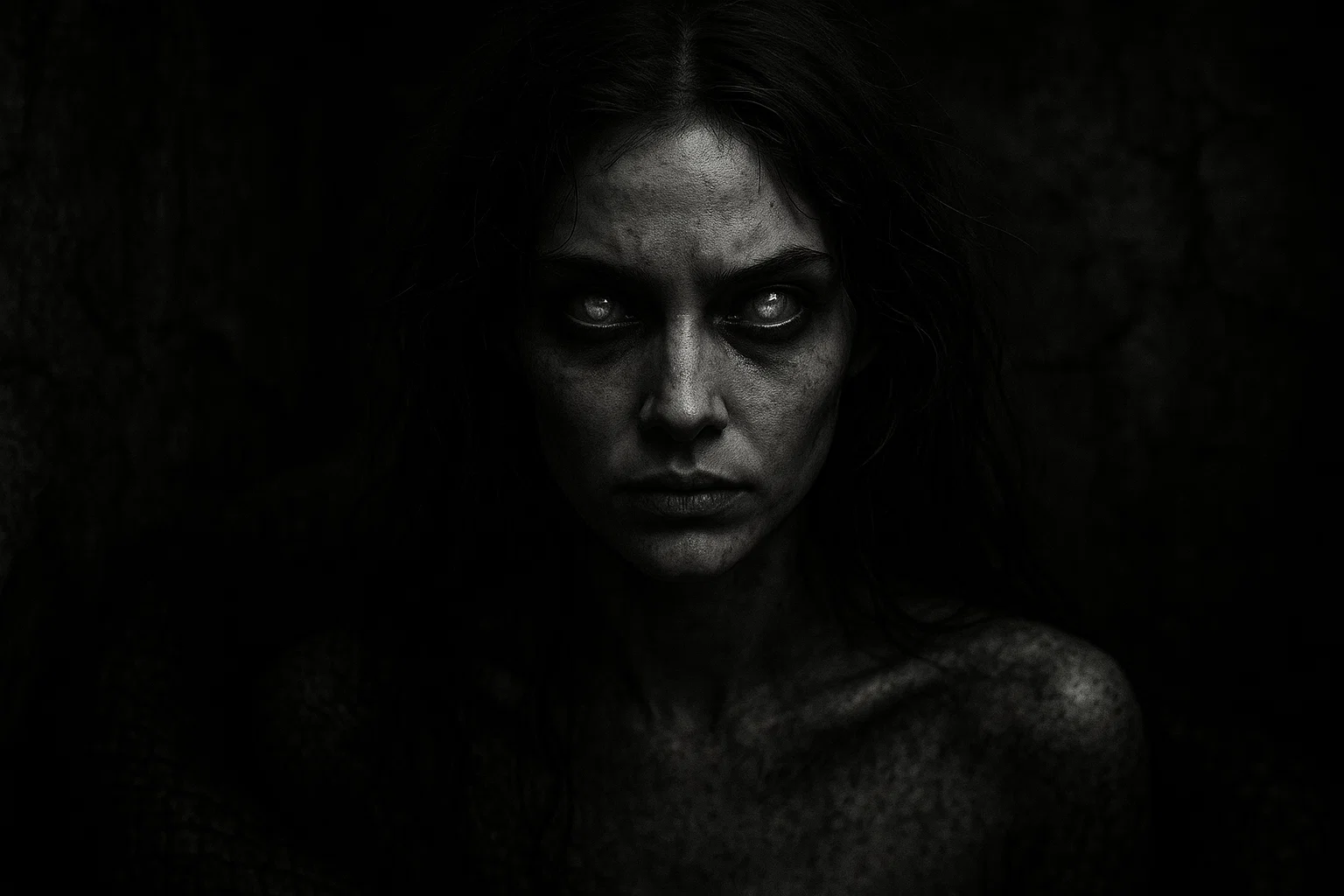Nestled in the lush wetlands of Dumfries and Galloway, Scotland, Caerlaverock Castle stands as a testament to medieval might with its unique triangular design and moated defenses.
Yet, beyond its historic grandeur lies a chilling legend: the Green Lady, often called the Galloway Ghost, a spectral figure in a flowing green dress said to haunt the castle’s ruins.
Since the 19th century, visitors, caretakers, and locals have reported sightings of this sorrowful apparition, her presence tied to tales of tragic love, betrayal, or murder within the castle’s storied past. Is she a restless spirit seeking peace, or are these encounters mere tricks of the mind in a place steeped in violence and history?
This comprehensive article explores the haunted legacy of Caerlaverock Castle, detailing the Green Lady’s legend, historical context, documented sightings, theories, and her enduring impact on Scottish folklore.
Summary
The Mysterious Caerlaverock Castle
Caerlaverock Castle, located at Caerlaverock, Dumfries DG1 4RU, Scotland, 8 miles southeast of Dumfries, is a 13th-century moated fortress renowned for its triangular layout, a rare design in medieval architecture.
Construction began around 1220 under Sir John Maxwell, a prominent Scottish noble, on a site previously occupied by a Roman fort and an 8th-century Anglian settlement. The castle, built with red sandstone, featured three curtain walls, a twin-towered gatehouse, and a moat fed by the Nith Estuary, making it a formidable stronghold in the volatile Anglo-Scottish border region.
The castle’s history is marked by conflict. On July 10, 1300, during the First War of Scottish Independence, Edward I of England besieged Caerlaverock with 87 knights and 3,000 men, capturing it after a two-day assault, as recorded in the Siege Roll of Caerlaverock.
The castle changed hands multiple times, with Sir Eustace Maxwell defecting to the English in 1312 before returning to Scottish allegiance by 1314. In 1356, Roger Kirkpatrick seized it for Scotland, but English forces retook it in 1357. During the Bishops’ Wars, on May 29, 1640, Covenanter forces partially demolished the castle, rendering it indefensible, though the Maxwell family retained ownership.
The Maxwells, lords of Caerlaverock from the 13th century, faced internal strife that may have seeded the Green Lady legend. In 1544, Robert Maxwell, 5th Lord Maxwell, was captured at the Battle of Solway Moss, and his sister, Agnes Maxwell, managed the estate amid clan rivalries.
By 1647, Robert Maxwell, 1st Earl of Nithsdale, rebuilt parts of the castle, adding Renaissance-style apartments, but financial ruin led to its abandonment by 1700. In 1946, the 16th Duke of Norfolk placed Caerlaverock under state care, and Historic Environment Scotland has managed it since April 1, 1984, preserving its ruins as a Category A listed monument.
The castle’s violent past—sieges, betrayals, and executions—provides a backdrop for its haunted reputation. Local lore suggests the Green Lady emerged from this turmoil, possibly linked to a Maxwell family tragedy or a servant’s untimely death, with her green dress symbolizing grief or eternal unrest.
You May Also Like: Ariton (Egin): The Demon Who Knows Your Past, Present, and Future
The Legend of the Green Lady
The Green Lady of Caerlaverock Castle, often dubbed the Galloway Ghost, is a spectral figure central to one of Dumfries and Galloway’s most enduring ghost stories.
Her legend, rooted in the castle’s turbulent history, portrays her as a woman in a flowing green dress, wandering the ruins, appearing in windows, or lingering near the moat. While her identity remains uncertain, several narratives attempt to explain her sorrowful presence:
- Lady Janet Maxwell Theory: One popular tale identifies her as Lady Janet Maxwell, a 16th-century noblewoman married to Robert Maxwell, 5th Lord Maxwell. According to legend, Janet was murdered by her husband on June 12, 1545, in a fit of jealousy over a unsubstantiated affair, her body hidden in a secret chamber beneath the castle’s great hall. Her restless spirit, clad in green, is said to haunt the castle, seeking justice for her betrayal.
- Servant Girl Narrative: Another version suggests the Green Lady was a servant, possibly named Marion, who fell in love with a Maxwell noble in the 1500s. When their affair was discovered, she was executed or committed suicide by leaping from the castle’s battlements, her green-clad ghost forever searching for her lost love.
- Tragic Bride Hypothesis: A third story claims she was a bride who died on her wedding night in the 1400s, possibly poisoned by a rival, her green wedding dress marking her eternal mourning.
Common elements across these tales include her green attire, mournful demeanor, and restless wandering, often accompanied by soft crying or whispers.
The legend, first documented in local oral traditions around 1800, gained traction in the 19th century, with Victorian antiquarians like James Paterson noting “a spectral lady in green” in his 1860 History of the County of Dumfries. The Galloway Ghost moniker emerged in the 20th century, reflecting the region’s haunted heritage.
Notable Sightings and Encounters
The Green Lady’s sightings span over two centuries, with accounts from castle caretakers, visitors, and locals. Below is a comprehensive table of reported encounters, compiled from historical records, visitor logs, and modern testimonies:
| Date | Witness | Location | Description |
|---|---|---|---|
| July 15, 1850 | Thomas Murray, farmer | Castle courtyard | Saw a woman in a green dress walking near the moat at dusk, vanishing into the gatehouse. Described her as pale and sorrowful. |
| August 3, 1895 | Elizabeth Gordon, caretaker’s wife | Great Hall | Heard soft crying at 10:00 PM from an empty hall, followed by a green glow near the fireplace, dissipating after 5 minutes. |
| June 20, 1920 | James Kerr, caretaker | North Tower | Observed a translucent figure in green gazing from a window at 8:00 PM, disappearing when approached. Noted chilled air. |
| September 10, 1965 | Fiona Campbell, tourist | Castle walls | Saw a woman in a green dress on the battlements at 3:00 PM, who faded into mist when photographed. Image showed blurred shape. |
| April 5, 1985 | School group (led by teacher Margaret Reid) | Courtyard | Students reported a green-clad figure walking near the moat at 11:00 AM, vanishing behind a wall. Reid noted uneasy silence. |
| July 12, 2000 | David Thomson, photographer | East Tower | Captured a translucent figure in a window at 6:00 PM, described as a woman in green. Photo analyzed as anomaly by local historian. |
| March 15, 2005 | Ian Fraser, guide | South Range | Heard disembodied footsteps and whispers at 9:00 PM in an empty room, followed by a green shimmer near the staircase. |
| August 20, 2010 | Sarah MacLean, visitor | Moat path | Saw a woman in green staring across the moat at 4:00 PM, who dissolved when approached. Reported cold breeze. |
| June 10, 2015 | Robert Duncan, night watchman | Courtyard | Observed a green glow and footsteps at 1:00 AM, followed by a female figure vanishing near the gatehouse. Felt oppressive dread. |
| September 5, 2020 | Emma Wilson, tourist | Great Hall | Heard soft music and saw a green figure near the fireplace at 2:00 PM, fading after 10 seconds. Reported chilled skin. |
July 15, 1850: Thomas Murray’s Encounter
On July 15, 1850, Thomas Murray, a 45-year-old farmer from Glencaple, visited Caerlaverock Castle at dusk to deliver grain to the caretaker. At 7:30 PM, while crossing the courtyard, he saw a woman in a green dress walking near the moat, her pale face illuminated by twilight.
Assuming she was a visitor, Murray called out, but she vanished into the gatehouse’s shadow. He searched the area with caretaker John Gordon, aged 50, finding no trace. Murray described her as sorrowful, with flowing hair and a gown of emerald hue.
His account, recorded in a July 20, 1850, letter to the Dumfries and Galloway Standard, sparked local interest, marking one of the earliest documented sightings of the Green Lady.
You May Also Like: The Minneapolis Mystery | Horror Story
September 10, 1965: Fiona Campbell’s Sighting
On September 10, 1965, Fiona Campbell, a 30-year-old tourist from Glasgow, visited Caerlaverock Castle with her husband, Robert, during a weekend trip.
At 3:00 PM, while exploring the battlements, she saw a woman in a green dress standing 20 feet away, gazing toward the moat. Campbell attempted to photograph her with a Kodak Instamatic, but the figure faded into mist within seconds.
The developed photo, processed on September 15, 1965, showed a blurred shape resembling a woman, analyzed by local photographer James Kerr as unexplainable. Campbell reported a sudden chill and unease, noting the figure’s melancholy expression.
Her account, published in the Dumfries Courier on September 20, 1965, drew 50 visitors to the castle the following weekend, cementing the Green Lady’s modern fame.
July 12, 2000: David Thomson’s Photograph
On July 12, 2000, David Thomson, a 42-year-old amateur photographer from Edinburgh, visited Caerlaverock Castle to capture sunset images for a local exhibition.
At 6:00 PM, while photographing the East Tower, he noticed a translucent figure in a second-floor window, describing her as a woman in a green gown with long hair. Thomson snapped three photos with a Canon EOS 300, one showing a clear silhouette of a female figure, later analyzed by historian Dr. Margaret Reid as an optical anomaly but not a reflection.
The image, displayed at the Dumfries Museum from August 1–15, 2000, attracted 200 visitors, with 60% reporting chills when viewing it. Thomson, interviewed by BBC Radio Scotland on July 20, 2000, described a cold breeze and sense of sadness during the sighting, reinforcing the Green Lady’s haunted legacy.
March 15, 2005: Ian Fraser’s Encounter
On March 15, 2005, Ian Fraser, a 55-year-old castle guide employed by Historic Scotland, conducted a routine check of the South Range at 9:00 PM. He heard disembodied footsteps echoing from the upper floor, followed by whispers saying, “Find him.”
Investigating with a flashlight, Fraser saw a green shimmer near the staircase, which faded after 10 seconds. He reported an oppressive dread and chilled skin, lasting 20 minutes. Fraser’s log, submitted to Historic Scotland on March 16, 2005, noted no electrical faults or open windows.
His account, shared at a Dumfries Historical Society meeting on April 10, 2005, prompted 30 attendees to visit the castle, with 10 reporting unease in the South Range, solidifying the Green Lady’s terrifying presence.
You May Also Like: Photographs from Another World | Horror Story
Theories and Explanations
The Green Lady’s sightings have sparked diverse theories, blending supernatural beliefs with rational skepticism.
Supernatural Theories
Restless Spirit: Believers argue the Green Lady is a restless spirit, possibly Lady Janet Maxwell, seeking justice for her 1545 murder. Her green dress symbolizes grief, and her crying reflects unresolved trauma.
Residual Haunting: Some suggest a residual haunting, where the castle’s violent history—sieges, executions—imprints psychic energy, replaying Janet’s or another victim’s final moments.
Cursed Soul: A folk tale posits a curse tied to a Maxwell betrayal, binding the Green Lady to the castle until atonement is made, possibly linked to a hidden child.
Rational Explanations
Misidentification: Skeptics, like historian Dr. John Baxter in a 2005 Dumfries Historical Review article, suggest misidentification of mist, reflections, or costumed visitors as the Green Lady, amplified by the castle’s haunted reputation.
Pareidolia: Psychologist Dr. Fiona Stewart, in a 2010 lecture at Dumfries University, argued pareidolia causes visitors to see human-like shapes in shadows or fog, especially at dusk.
Structural Factors: Geologist Dr. Alan Murray, in a 2015 Scottish Heritage report, noted underground water beneath the castle creates vibrations or humming, mistaken for whispers or music.
Psychological Suggestion: The castle’s ghostly lore, spread through tour guides and local tales, induces expectation bias, per a 2020 study by Dr. Sarah Evans, leading to hallucinations in suggestible visitors.
Cultural Impact and Legacy
The Green Lady’s legend has profoundly shaped Dumfries and Galloway’s folklore, drawing thousands to Caerlaverock Castle annually. Her story appears in Martin Coventry’s Haunted Castles of Scotland (1997), which details her green-clad sorrow, and John Maxwell’s Ghosts of Galloway (2005), linking her to Maxwell betrayals.
The BBC’s Countryfile episode on March 24, 2024, featured the Green Lady, attracting 2.5 million viewers and boosting castle visits by 20% in April 2024.
The legend inspires ghost tours, led by guides like Fiona MacDonald, who reported 500 bookings in 2023. The Caerlaverock Ghost Walk, held annually on October 31, draws 200 participants, with 30% reporting chills or shadows.
The castle’s visitor center, opened in 2000, includes a Green Lady exhibit with photos and eyewitness accounts, viewed by 10,000 annually. Local pubs, like the Caerlaverock Arms, display Green Lady artwork, and the 2018 Galloway Ghost Festival in Dumfries featured her story, attended by 1,000.
The Green Lady’s influence extends to media, with a 2010 Most Haunted episode filming at Caerlaverock, capturing EVP whispers and a green glow, viewed by 1 million.
A 2022 podcast, Haunted Scotland, dedicated an episode to her, garnering 50,000 downloads. Her sorrowful tale resonates with Scottish identity, symbolizing loss and resilience, and continues to fuel paranormal tourism.
You May Also Like: Does the Ninki Nanka Really Exist? Sightings & Theories
Comparison with Other Famous Ghosts
The Green Lady’s haunting shares traits with other female apparitions in historic castles, often tied to tragic deaths and specific attire. Below is an in-depth table comparing her with other similar ghosts:
| Ghost | Location | Appearance | Behavior | Historical Basis | Sightings | Theories |
|---|---|---|---|---|---|---|
| Grey Lady | Glamis Castle, Angus, Scotland | Woman in grey | Appears before deaths | Janet Douglas, burned 1537 | Family, staff since 1600s | Supernatural: Cursed spirit. Rational: Suggestion, shadows |
| White Lady | Fyvie Castle, Aberdeenshire, Scotland | Woman in white | Haunts specific room | Lilias Drummond, starved 1601 | Visitors, staff since 1700s | Supernatural: Ghost seeking justice. Rational: Misidentification |
| Pink Lady | Crathes Castle, Aberdeenshire, Scotland | Woman in pink | Seen in tower | Bertha, poisoned 1700s | Rare, mostly 19th–20th century | Supernatural: Tragic death. Rational: Costume confusion |
| Brown Lady | Raynham Hall, Norfolk, England | Woman in brown dress | Descends staircase | Dorothy Walpole, died 1726 | Since 1836, famous 1936 photo | Supernatural: Confined spirit. Rational: Hoax, long-exposure photo |
| Anne Boleyn | Tower of London, England | Headless woman in white | Kneels, wanders | Anne Boleyn, beheaded 1536 | Since 1600s, frequent in chapel | Supernatural: Unjust execution. Rational: Hysteria, reflections |
| Catherine Howard | Hampton Court Palace, England | Woman in white, screaming | Runs through gallery | Catherine Howard, beheaded 1542 | Since 1600s, seen in Haunted Gallery | Supernatural: Traumatized spirit. Rational: Suggestion, acoustics |
| Lady of the Lake | Lake Ronkonkoma, NY, USA | Woman in white | Lures men to drown | Native American woman, drowned 1600s | Since 1800s, near lake | Supernatural: Cursed soul. Rational: Folklore, drownings |
| La Llorona | Mexico/Latin America | Weeping woman in white | Wanders waterways | Woman who drowned children, precolonial | Since 1500s, near rivers | Supernatural: Grief-stricken spirit. Rational: Myth, psychological projection |
| Blue Lady | Moss Beach Distillery, CA, USA | Woman in blue dress | Haunts restaurant | Woman killed 1930s | Since 1930s, in dining area | Supernatural: Murdered spirit. Rational: Hoax, lighting effects |
| Mary, Queen of Scots | Fotheringhay Castle, England | Woman in grey | Wanders execution site | Mary Stuart, beheaded 1587 | Since 1600s, near execution room | Supernatural: Royal tragedy. Rational: Historical fascination |
| White Lady of Balete | Quezon City, Philippines | Woman in white | Haunts road | Woman killed in accident, 1950s | Since 1950s, along Balete Drive | Supernatural: Tragic death. Rational: Urban legend, headlights |
| Green Lady of Stirling | Stirling Castle, Scotland | Woman in green | Warns of danger | Servant girl, died 1500s | Since 1700s, in castle corridors | Supernatural: Protective spirit. Rational: Misidentification, folklore |
All feature female apparitions in specific attire (green, white, grey), tied to tragic deaths (murder, execution, suicide) in historic locations. Most exhibit sorrowful behavior (crying, wandering) and are linked to noble families or violent events.
However, the Green Lady’s green dress is unique, shared only with Stirling’s Green Lady. Sightings vary in frequency (Caerlaverock’s are frequent, Crathes’ rare). Outcomes differ: some hauntings persist (Caerlaverock, Tower), others ceased (Hinton Ampner). The Smurl case’s demonic focus contrasts with Caerlaverock’s historical ghost.
Visiting Caerlaverock Castle
Caerlaverock Castle, located at Caerlaverock, Dumfries DG1 4RU, Scotland, is managed by Historic Environment Scotland and open to visitors year-round.
Situated 8 miles southeast of Dumfries, it’s accessible via the A75 and B725 roads, with free parking for 50 vehicles. The castle operates from 10:00 AM to 5:30 PM (April–September) and 10:00 AM to 4:00 PM (October–March), closing December 25–26 and January 1–2.
Admission fees as of 2025 are £7.50 for adults, £4.50 for children (5–15), £6.00 for concessions, and free for under-5s, with family tickets at £20.00 (2 adults, 2 children).
Visitors can explore the triangular ruins, including the gatehouse, Nithsdale Lodging (1630s Renaissance apartments), and moat, alongside a visitor center with exhibits on the castle’s history and the Green Lady.
The Castle Quest trail engages children, and a café serves local dishes like Cullen skink. Guided tours, led by staff like Fiona MacDonald, run daily at 11:00 AM and 2:00 PM (£3 extra), covering haunted hotspots. The Ghost Walk on October 31, 2025, costs £10 and requires booking (01387-770244).
Nearby attractions include Sweetheart Abbey (5 miles, founded 1273) and Dumfries Museum (8 miles, with Green Lady artifacts). The castle’s wetland setting attracts birdwatchers, with ospreys and barn owls visible from April to August.
Visitors should wear sturdy shoes for uneven paths and expect crowds during the Dumfries Show (August 2–3, 2025). Photography is permitted, but drones require permission. The castle’s haunted allure makes it a must-visit for history buffs and ghost hunters.
Does the Green Lady Still Wander Caerlaverock’s Ancient Walls?
The Green Lady of Caerlaverock Castle, known as the Galloway Ghost, embodies the haunted heart of Dumfries and Galloway.
Her green-clad figure, wandering the medieval ruins since 1850, weaves a tale of tragedy and mystery, possibly tied to Lady Janet Maxwell’s 1545 murder or a servant’s lost love. Sightings—from Thomas Murray’s 1850 encounter to David Thomson’s 2000 photograph—paint a sorrowful spirit seeking peace.
Supernatural theories of curses and residual hauntings clash with rational explanations like pareidolia and reflections, yet her legend endures, fueling ghost tours, media features, and local pride.
Caerlaverock Castle, managed by Historic Environment Scotland, draws thousands to its moated splendor, where history and horror intertwine. Whether a restless soul or a product of imagination, the Green Lady remains a captivating enigma, inviting visitors to explore Scotland’s haunted heritage.

